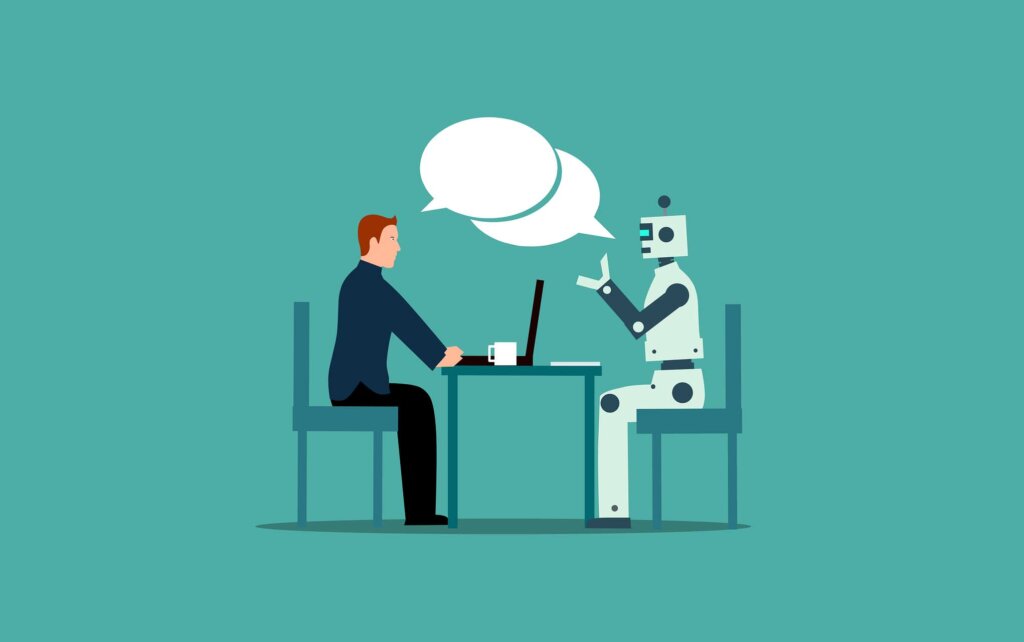Message from the Editor-in-Chief
AI is Here to Stay

I have always been a bit of a stick in the mud regarding new things. On one hand, I love hearing about new technology and innovations, but at the same time, I am loathe to jump onto a bandwagon. This has served me well professionally over the years.
As an undergraduate in mathematics in the 1970s, I recall taking a simulation course with AI as part of the curriculum and remember thinking that it was rather simplistic and based on numerous questionable assumptions. We even had to write computer programs -we called it programming back then and not coding- which were two full boxes of computer cards just to simulate the question “when.” Jokingly we called the subject area “Artificial Stupidity” back then, but that was 50 years ago. We were sure that AI wouldn’t go anywhere because nobody had experienced an Arnold Schwarzenegger-like Terminator coming back from the future to kill someone. The early days of AI involved “default reasoning,” where one assumes it’s A unless there is another reason to assume its not A. This series of binary decisions was the state of affairs up to a decade ago.
Well, times have changed and we no longer have to deal with 128 kbit hard drives (or computer cards). And this fall at my old University, a Professor of Computer Science, Dr. Geoffrey Hinton, won the Nobel Prize for his work in AI.
AI has now entered our field and other similar fields in health care. Because of AI, test results and medical scans can more accurately define whether a result is normal or abnormal. But when asked “how” the AI (based on large data and learning) does a better job, we are left with an empty feeling. Responses such as “It’s a black box” or simply a “shoulder shrug” are typical responses.
This lack of explanation, despite its success, has caused some to put the breaks on- for those of us who are passionate about science, a paradigm shift is needed. Generally, when an audiologist is confronted with a new technology or new hearing aid algorithm, the first question is “how does it work?” But with current AI innovations, we may never know, other than it does work. Responses such as “its big data” or “it taught itself” may not be enlightening but this is the current reality. A paradigm shift to questions such as “how well does it work?” or “what are its current limitations?” may be a more useful bit of knowledge to share at the clinical level. For example, AI algorithms are not currently in real-time, and significant digital delay may be associated with complex systems, but at the end of the day, if a 10 or 12 dB improvement in SNR or a release from the effects of environmental reverberation are obtained (with minimal negative effects), who am I to argue?
In this issue of CanadianAudiologist, there is an article on AI and its usefulness in our field. Actually, as a hint, it’s a column. And much of that column has been written by AI.
But I assure you that AI did not write this Editorial… or maybe it was?
I hope you all enjoyed the recent Canadian Academy of Audiology meeting in Kelowna, British Columbia and hope to see you in Blue Mountain (Collingwood, Ontario) next October.

